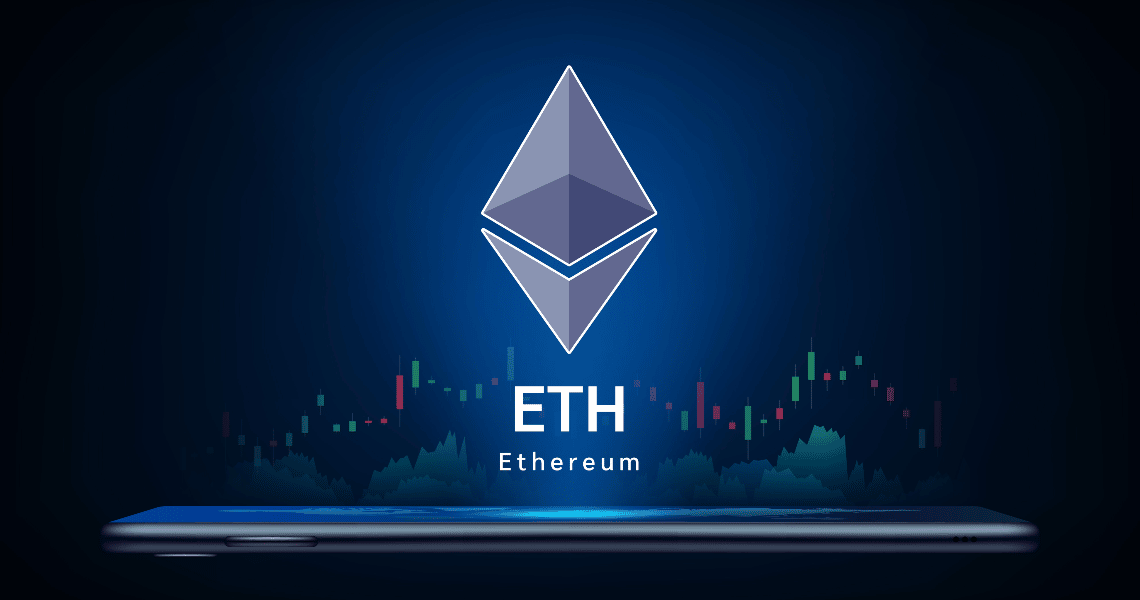In a surprising turn of events, Ethereum, once hailed as “ultra-sound money,” is facing a significant challenge to its reputation. August 2024 is on track to record the lowest fee generation on the Ethereum mainnet since early 2020, raising concerns among the crypto community. Analyst Thor Hartvigsen has highlighted that this development could mark a turning point, as Ethereum’s fee generation struggles to keep pace with the network’s evolving dynamics.
The Impact Of Blobs On Ethereum’s Fee Structure
This downward trend in fee generation can be traced back to March 2024, when Ethereum introduced blobs, a feature that drastically reduced fees from Layer 2 (L2) transactions. As anticipated, most transaction activity has now migrated to rollups, leading to a significant shift in value capture from the Ethereum mainnet to L2 solutions. This migration has caused Ethereum’s fee revenue to dwindle, raising alarms about its long-standing deflationary model.
Ethereum’s transition from a surplus-deflationary model to a net inflationary one has profound implications for its “ultra-sound money” status. With a yearly inflation rate of around 0.7%, Ethereum’s current supply dynamics appear to contradict the deflationary effects promised by its burn mechanism. As ETH holders grapple with this shift, questions arise about the sustainability of the network’s economic model.
Decoding Ethereum’s Supply Dynamics
To understand the evolving supply dynamics, it’s crucial to examine several key elements: base fees, blob fees, priority fees, miner extractable value (MEV), and ETH emissions. While base and blob fees are burned, contributing to the deflationary narrative, blob fees often represent the smallest portion of transaction costs. Priority fees and MEV, on the other hand, are directed to validators and stakers, rewarding those who actively participate in securing the network.
However, this allocation creates a dilemma. As ETH emissions are channeled to validators and stakers, non-stakers find their share of the network’s value diluted by inflation. The recent introduction of blobs has exacerbated this situation, as emissions now outpace the burn rate, further devaluing the holdings of non-stakers.
While non-stakers are bearing the brunt of Ethereum’s shift towards inflation, stakers find themselves in a more neutral position. Despite a 90% drop in their fee share this year, stakers benefit from emissions that are balanced by staking rewards, minus validator commissions. This equilibrium, however, does little to ease the concerns of non-stakers, who are left grappling with shrinking profits in an increasingly inflationary environment.
Also Read: Ethereum Whale Sells $17.87M In ETH As Exchange Reserves Drop To 18.5M – Is A Price Shift Coming?
The Future of Ethereum’s Economic Model
Ethereum’s transition from a deflationary model to an inflationary one underscores the complexities of balancing low transaction fees with the need to generate profits from the network. As Layer 2 fragmentation continues to shape the ecosystem, Ethereum’s status as “ultra-sound money” hangs in the balance. The coming months will be critical in determining whether the network can maintain its economic appeal or if further adjustments are needed to restore confidence among ETH holders.
Disclaimer: The information in this article is for general purposes only and does not constitute financial advice. The author’s views are personal and may not reflect the views of Chain Affairs. Before making any investment decisions, you should always conduct your own research. Chain Affairs is not responsible for any financial losses.

